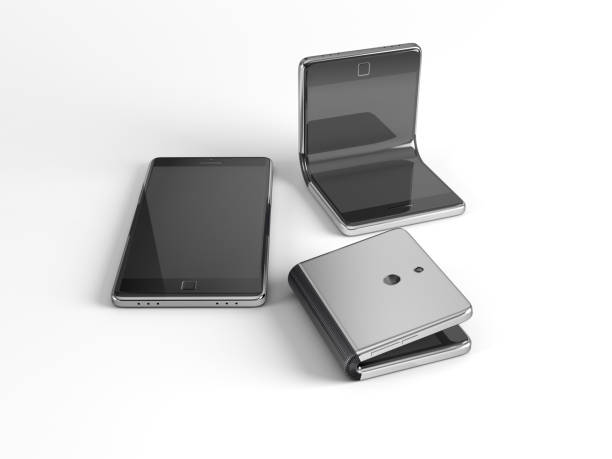Haptic Touchscreens: The Future of Tactile Feedback
In an era where our digital interactions are predominantly visual, a groundbreaking technology is set to revolutionize how we engage with our devices. Haptic touchscreens, a fusion of cutting-edge materials science and advanced electronics, promise to bring a new dimension of tactile feedback to our fingertips. This innovation could transform everything from smartphone interfaces to automotive dashboards, offering users a more intuitive and immersive experience.

Understanding Haptic Technology
Haptic technology isn’t entirely new. We’ve seen it in various forms, from the vibration in our smartphones to force feedback in gaming controllers. However, haptic touchscreens take this concept to an entirely new level. By using a combination of micro-actuators, advanced materials, and sophisticated software, these screens can create localized sensations of texture, pressure, and even temperature.
The Science Behind Haptic Touchscreens
At the heart of haptic touchscreen technology lies a complex array of tiny actuators. These can be piezoelectric elements, electroactive polymers, or even microfluidic systems. When activated, these actuators can create subtle deformations on the screen’s surface, mimicking various textures and sensations.
One promising approach uses a layer of transparent, elastic material embedded with microscopic air pockets. By precisely controlling the inflation and deflation of these pockets, the screen can create a wide range of tactile sensations. Another method employs ultrasonic vibrations to create areas of high and low friction, simulating different textures as the user’s finger moves across the surface.
Applications and Potential Impact
The potential applications for haptic touchscreens are vast and varied. In smartphones, they could enhance typing accuracy by providing tactile feedback for each key press. For visually impaired users, haptic screens could render text in Braille, making digital content more accessible.
In automotive interfaces, haptic feedback could allow drivers to operate infotainment systems without taking their eyes off the road. The technology could simulate the feel of physical buttons, providing crucial tactile cues for safer operation.
In the realm of virtual and augmented reality, haptic touchscreens could add a new layer of immersion. Imagine feeling the texture of virtual objects or experiencing tactile notifications in AR applications.
Challenges and Future Developments
Despite its promise, haptic touchscreen technology faces several challenges. Power consumption is a significant concern, as the actuators require energy to operate. Durability is another issue, as the complex mechanisms must withstand millions of touch interactions.
Researchers are exploring solutions to these challenges. Some are investigating low-power actuators that can operate efficiently on mobile devices. Others are working on self-healing materials that could extend the lifespan of these sophisticated screens.
The Market Landscape
While still in its early stages, the haptic touchscreen market is gaining momentum. Several tech giants and startups are investing heavily in this technology. Industry analysts project that the global haptic technology market, which includes touchscreens, could reach $4.8 billion by 2026.
Consumers can expect to see the first commercial haptic touchscreen devices within the next few years. While initial products may carry a premium price tag, costs are expected to decrease as the technology matures and production scales up.
A Tactile Digital Future
As we stand on the brink of this tactile revolution, it’s clear that haptic touchscreens have the potential to reshape our digital interactions. By bridging the gap between the digital and physical worlds, this technology promises to make our devices more intuitive, accessible, and engaging.
The future of touch interfaces is not just about what we see on our screens, but what we can feel. As haptic touchscreens continue to evolve, they may well become the new standard for human-computer interaction, ushering in an era where our digital experiences are as rich in touch as they are in sight and sound.





